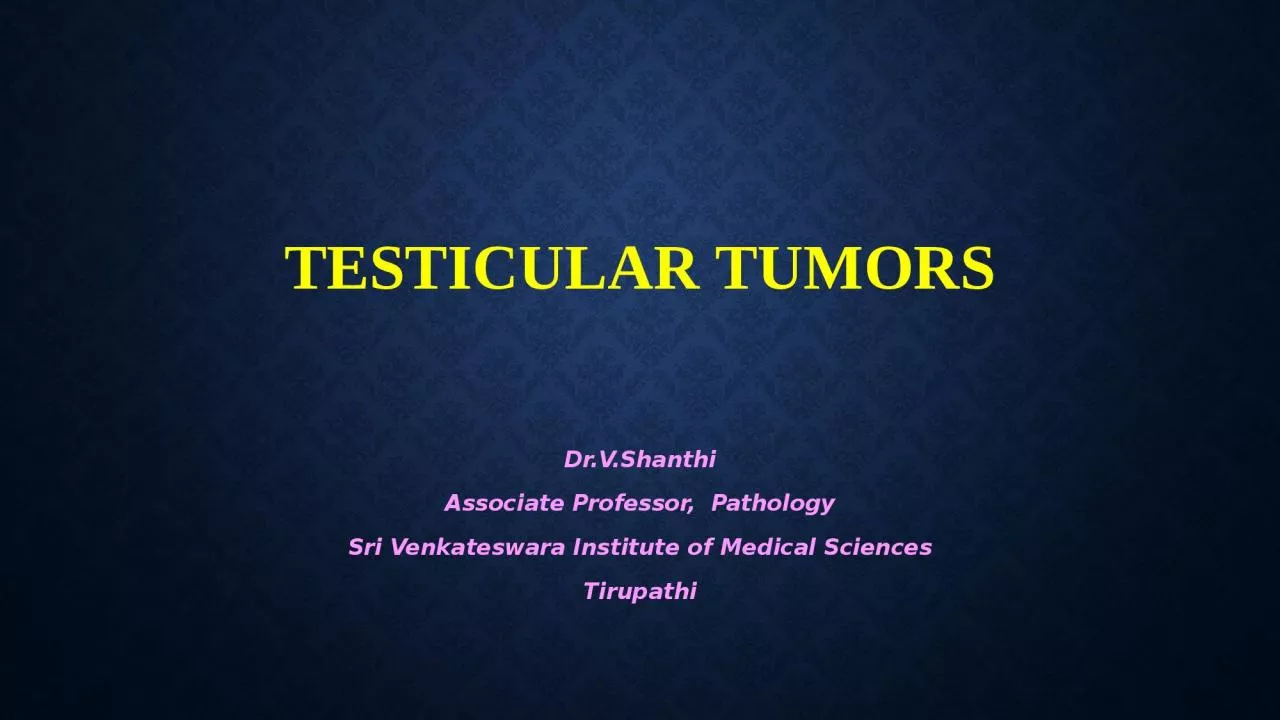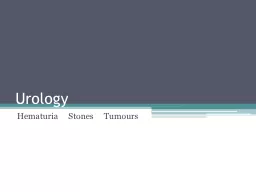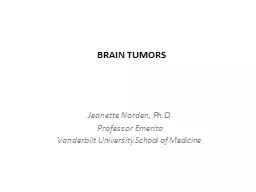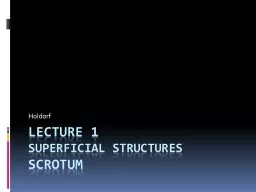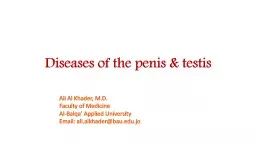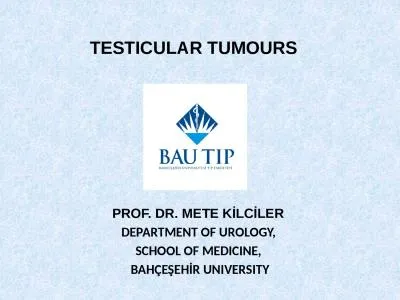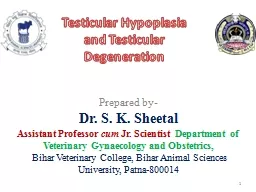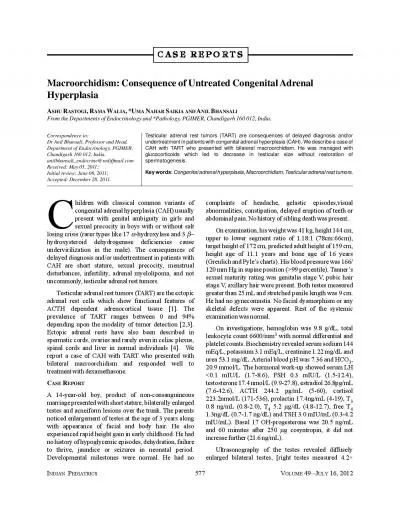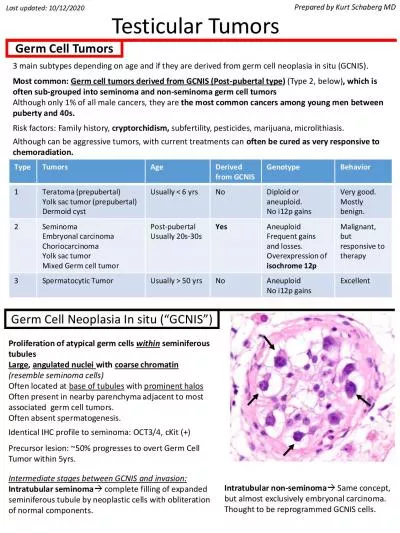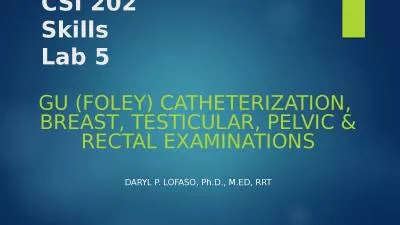PPT-TESTICULAR TUMORS Dr.V.Shanthi
Author : oconnor | Published Date : 2023-05-31
Associate Professor Pathology Sri Venkateswara Institute of Medical Sciences Tirupathi TESTIS AND EPIDIDYMIS CONGENITAL ANOMALIES Anomalies include Cryptorchidism
Presentation Embed Code
Download Presentation
Download Presentation The PPT/PDF document "TESTICULAR TUMORS Dr.V.Shanthi" is the property of its rightful owner. Permission is granted to download and print the materials on this website for personal, non-commercial use only, and to display it on your personal computer provided you do not modify the materials and that you retain all copyright notices contained in the materials. By downloading content from our website, you accept the terms of this agreement.
TESTICULAR TUMORS Dr.V.Shanthi: Transcript
Download Rules Of Document
"TESTICULAR TUMORS Dr.V.Shanthi"The content belongs to its owner. You may download and print it for personal use, without modification, and keep all copyright notices. By downloading, you agree to these terms.
Related Documents

